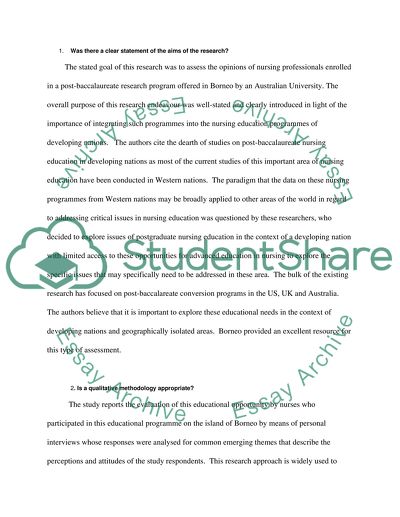Cite this document
(Methods Used in Qualitative and Quantitate Research Essay - 3, n.d.)
Methods Used in Qualitative and Quantitate Research Essay - 3. https://studentshare.org/sociology/1553391-research-methods
Methods Used in Qualitative and Quantitate Research Essay - 3. https://studentshare.org/sociology/1553391-research-methods
(Methods Used in Qualitative and Quantitate Research Essay - 3)
Methods Used in Qualitative and Quantitate Research Essay - 3. https://studentshare.org/sociology/1553391-research-methods.
Methods Used in Qualitative and Quantitate Research Essay - 3. https://studentshare.org/sociology/1553391-research-methods.
“Methods Used in Qualitative and Quantitate Research Essay - 3”. https://studentshare.org/sociology/1553391-research-methods.


